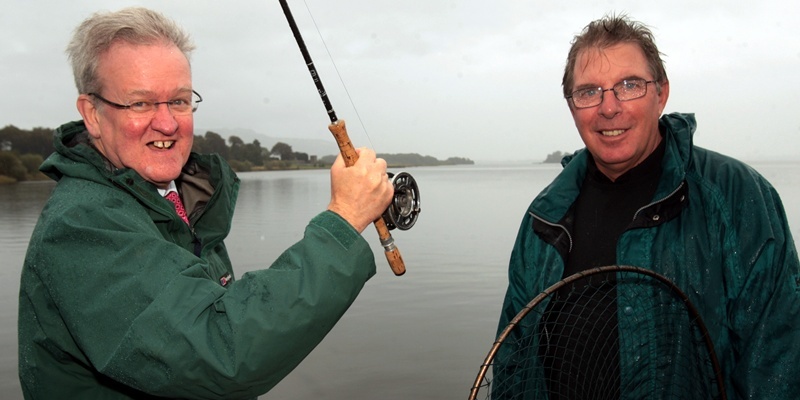The Scottish Government has launched a bid to protect Scotland’s waterways from devastation by non-native species.
Species such as the zebra mussel (from the Black, Caspian and Aral Seas) have been found in the Forth and Clyde canal system, while the fast-spreading New Zealand Pigmyweed has also been found in Scotland.
The species grows in dense mats and millions of pounds have already been spent nationally to restrict its growth.
Scotland has so far been free of the so-called ”killer shrimp” a predator listed in the top 100 worst alien species in Europe.
It kills a range of British species, including young fish, can spread rapidly and has already been introduced to England and Wales, leading to fears that it could soon be found in Scotland’s rivers and lochs.
On Tuesday, that led to the official launch of the Check, Clean, Dry campaign by environment and climate change minister Stewart Stevenson as he visited the Loch Leven Nature Reserve near Kinross.
The UK-wide campaign is designed to raise awareness and encourage responsible behaviours that could help minimise the risk of entry and spread of aquatic invasive species.
Areas close to Loch Tay in Perthshire have been affected in recent years, as have Loch Lomond and parts of the Tweed, Forth, Clyde and Spey river catchments.
Without action, it is feared the spread of non-native aquatic species could come at a vast cost to Scotland’s native wildlife and at a significant financial cost.
Water users such as anglers and canoeists are being encouraged to follow biosecurity (good hygiene) practices to play their part in combatting the influx.
The measures include checking equipment and clothing for live plants and animals; and washing and drying equipment, as some species including the killer shrimp can live for many days in moist conditions.
At Loch Leven, Mr Stevenson met representatives from the Rivers and Fisheries Trusts of Scotland, Scottish Natural Heritage, The Green Blue and Scottish Anglers National Association to drive home the message.
He said: ”Water users can unwittingly help the spread of these foreign invaders if they don’t adhere to three simple steps to check, clean and dry their equipment and clothing when leaving the water.
”Once invasive species become established in Scotland, it is often very difficult and costly to remove them.”
Robin Payne, non-native species specialist at Scottish Natural Heritage, said: ”It’s important for all of us to be aware of the threats to our rivers and lochs posed by non-native species, and understand how we can play a part in stopping their spread.”
